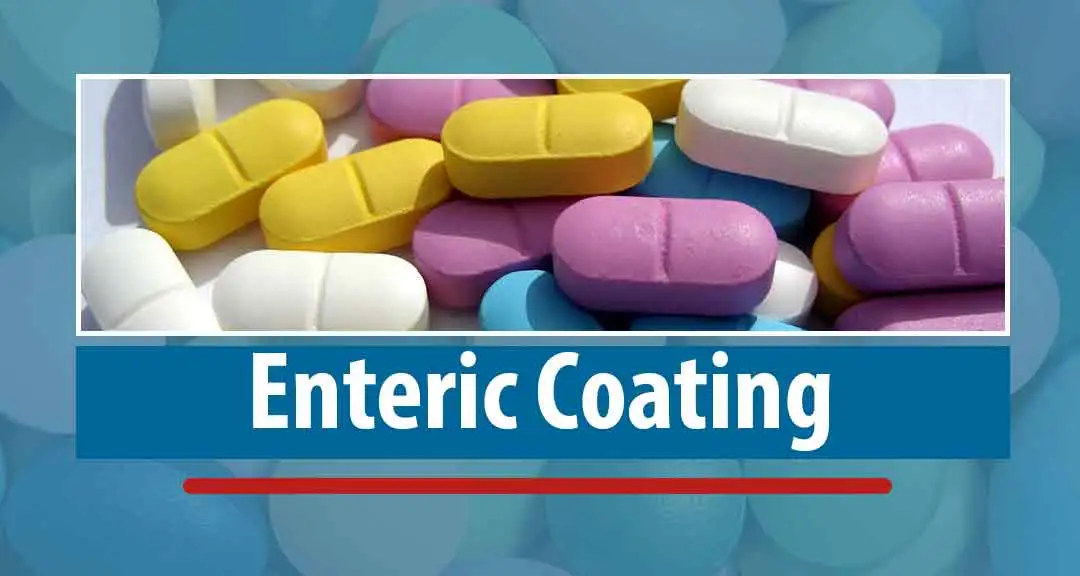The process of creating an enteric coating (E.C.) involves several steps:
1. Formulation: The active pharmaceutical ingredient (API) is mixed with other ingredients to create a core material.
2. Granulation: The core material is granulated to create a uniform particle size.
3. Coating: The granules are coated with a thin layer of enteric material, usually a polymer like cellulose acetate phthalate (CAP) or hydroxypropyl methylcellulose phthalate (HPMCP).
4. Drying: The coated granules are dried to remove any solvents.
5. Compression: The dried granules are compressed into tablets or filled into capsules.
6. Quality control: The final product is tested for enteric coating integrity, dissolution, and other quality parameters.
Enteric coating methods:
1. Pan coating: Coating is applied using a rotating drum (pan).
2. Fluid bed coating: Coating is applied using a fluidized bed of particles.
3. Spray coating: Coating is applied using a spray gun.
4. Compression coating: Coating is applied during the compression process.
The choice of method depends on factors like tablet size, shape, and coating thickness. The enteric coating process ensures the medication is protected from stomach acid and released in the intestines, where it can be effectively absorbed.
